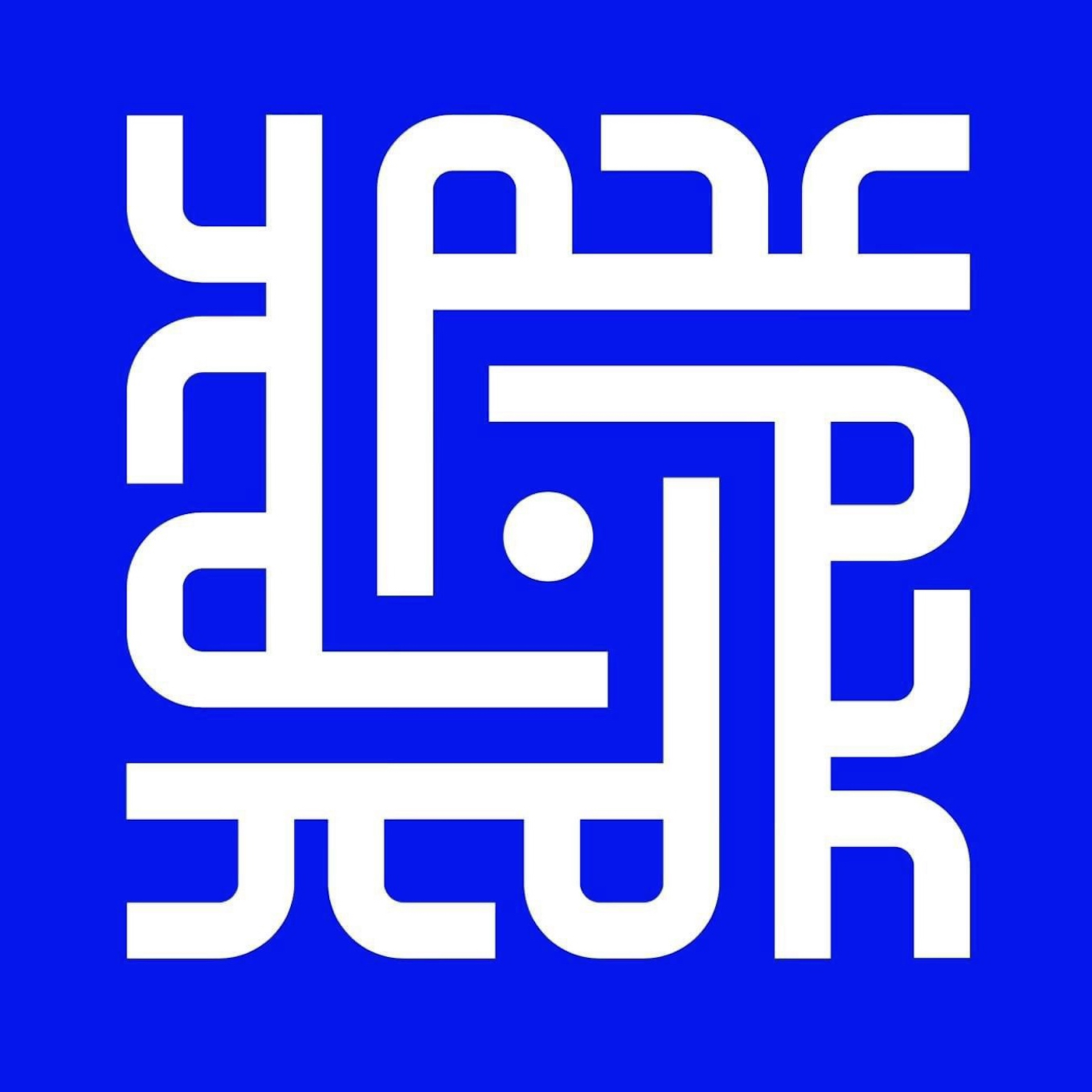
Central Asianists rejoice! In this episode, Rustin speaks with Scott Levi, Professor and Chair of History at Ohio State University. He is the author...

In this episode, Teren Sevea, an Assistant Professor of South Asian Studies at the University of Pennsylvania, interviews Suvir Kaul, the A. M. Rosenthal...

In this episode, Rustin speaks with Lior Sternfeld, Professor of History and Jewish Studies at Penn State University. Dr. Sternfeld is another alumnus from...